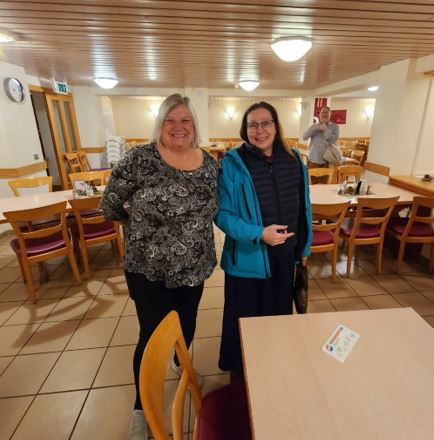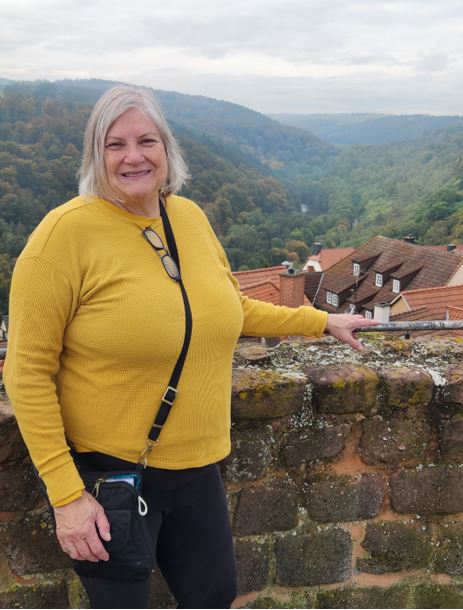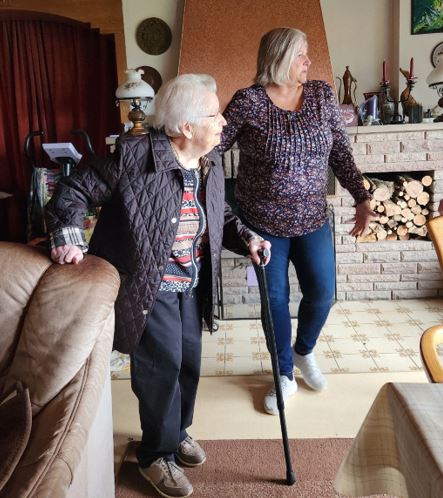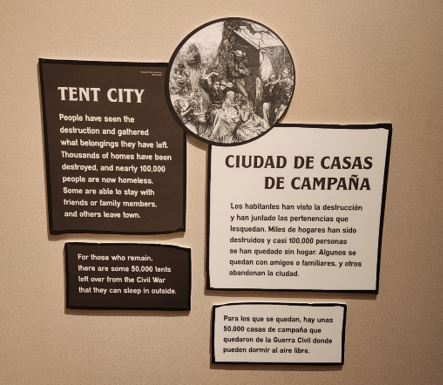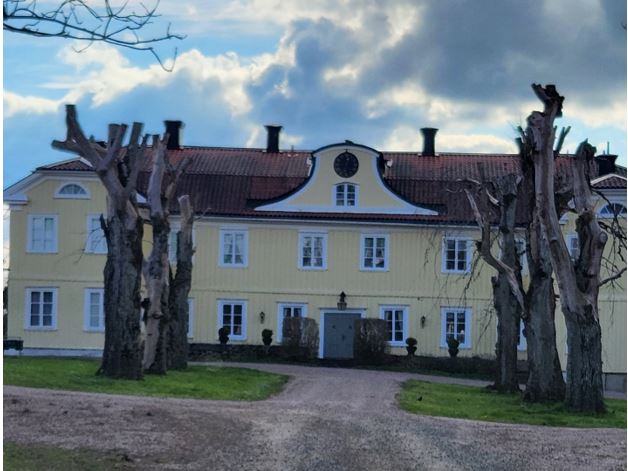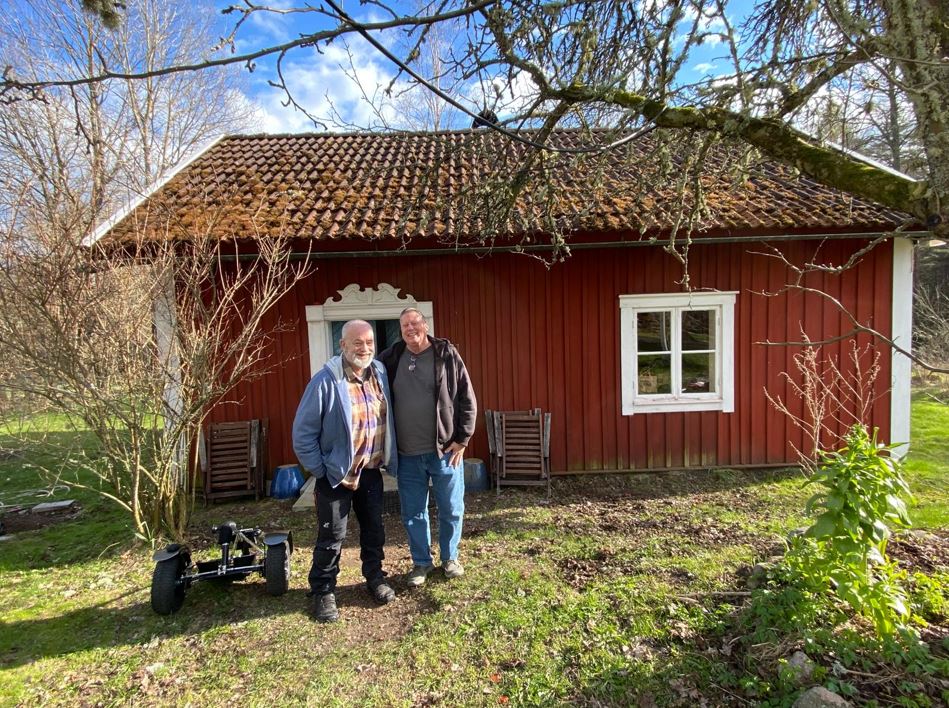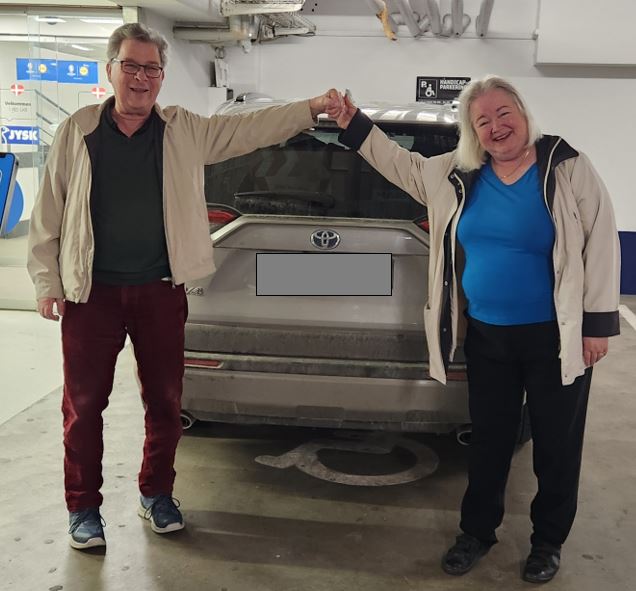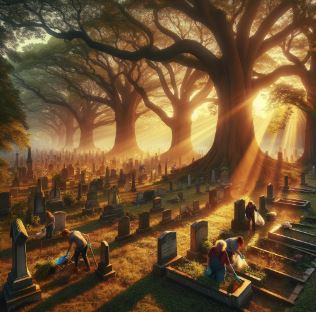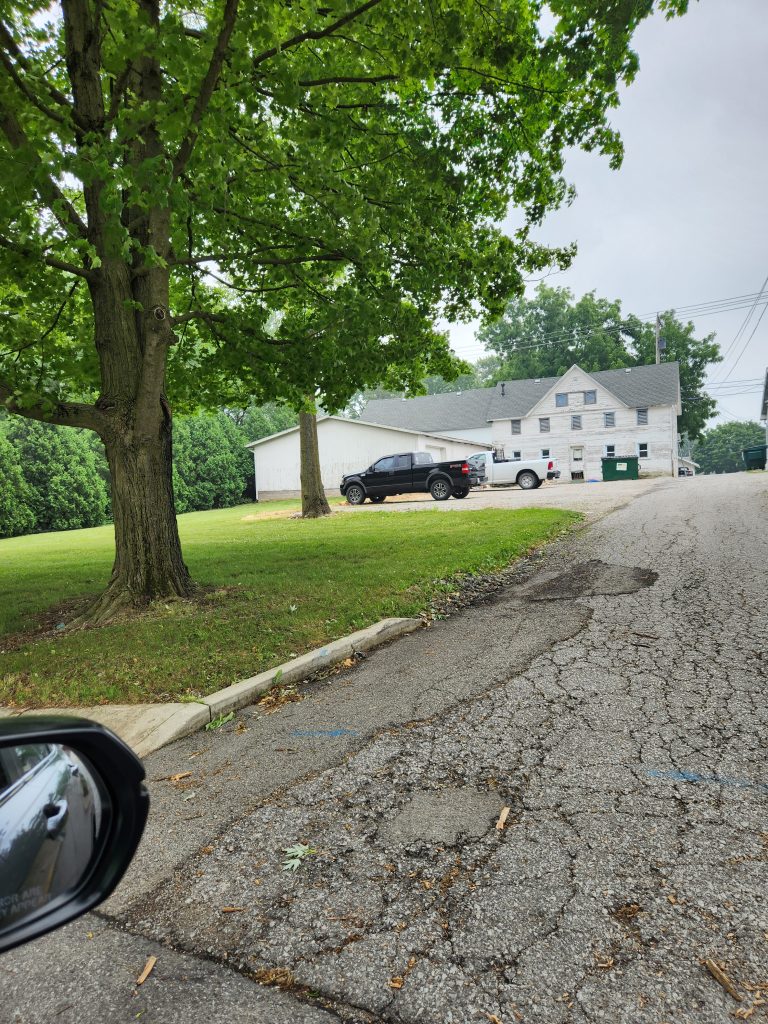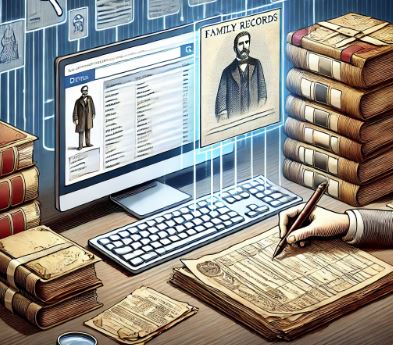
Last week I blogged about how I make connections. No matter where in the world you are researching, you need connections to help you find information that is not readily available.
My recent trip to France and Germany really drove home the point for me that NOT EVERYTHING IS ONLINE!
Today, we’ll be finding out how you can find out what is not online.
If you’ve made connections in the locale where you are researching then all you have to do is contact the person and ask.
I’m serious, it’s that simple.
If you have a well sourced public tree, write about your ancestor and stay abreast of tech you will make family connections. Contacting DNA matches is also helpful. You will also want to make professional connections of people that may or may not be related to you, too.
Academia.edu has been a good way to connect with historians that have insight into a place I don’t have expertise in. Last week, I mentioned APG and LinkedIn.
Why you need to connect with all of these folks is because there is no one all knowing human who can answer your question, “Where is the land records for someone who lived in Ulmet in the Pfalz in 1701?”
As Judy Russell often says the answer is, “It depends” and the Palatinate is one of those places that it truly does.
Records are sometimes found in the likely places:
- The Mayors Office in Mietsheim and Uttenhoffen, France for birth and marriage
- A Kusel archive for military records
But sometimes they are found in places you would never know to look for them:
- A 6th cousin’s personal photo collection
- In the home of a descendant of the first mayor after the 30 year war ended in a small German village
- A tour guide
- A small local museum with no website
- The mid 1600s home of an archivist for a small village and a religious denomination
I’m not trying to be coy by excluding specifics of where I found records; I’m trying to explain that records are not always digitized and widely available.
I tried to impress upon the need for people holding private records to digitize their holdings but many were afraid that a larger archive would swoop in and demand their collection. You might think that would be a good thing but the problem is that many archives are making it extremely difficult for folks to access their holdings. From Sweden to Croatia I’ve heard – “all our records are available online at FamilySearch.” No, they aren’t.
FamilySearch has yet to get back with me on when those Croatian State Archive records will be available. I re-emailed a contact who requested I do so after a face to face meeting in Boston in September and I’ve yet to get a response. Since the records aren’t available online, I had to do boots on the ground last year to get them.
Sweden insists all are on Arkivdigital, yet the company I hired, Minnesota Swede, was able to find church records that were not available on Arkivdigital. These were in history books held at the local church that contained information about the ancestor we were researching. A renter in a home built by one of the ancestors had done extensive research on who had once lived in the home he summered in and provided us with a wealth of knowledge we would not have found on Arkivdigital.
I was sent back and forth from a library to an archive in Stratford-on-Avon, England in my search for records on my Arden ancestor. Someone has something but what it is I never discovered. If I had made a contact before arriving I would bet that I would have found the answer.
Without the help of two genealogists in Germany I would never have been able to find the following:
- My Leininger ancestors had a castle but were not nobles. The name was originally spelled Leiningen. The males were not looked on favorably by the neighbors who stormed the castle. The second castle storming ended well because of Eva Leiningen who invited the unhappy folks inside and fed them (does sound like something my grandmothers would have done). Although the museum was closed, actually the whole village closes between noon and 2 daily, my contact had gotten the info when they were open.
- The Leiningens were associates of the Frankensteins of Mary Shelley fame. The Frankenstein at the time Shelley wrote was an alchemist.
- In France, Leininger is spelled Linange. So, another hint to look for other records thanks to the Mayor’s Clerk sharing this tidbit with me.
- 1701 land records, wills, 1823-1829 school records, and photos that are kept in a home in a wooden “filing” cabinet made in 1699 by the men of a village who wrote in their town charter that a man from eight different families will always be assigned to go to the descendent of the first mayor’s home to retrieve a drawer (2 men per drawer) to safety if needed. Today, that could be a climate change threat as they do have flooding in the area but when the edict was made it was in case the 30 year war came back.
- A local man who leads tours to South America who happened to know that I was related to a group who settled there in the early 1800s. Those were two lines I had never researched because I couldn’t find records. South America would not have been a place I would have thought that two single sisters would have emigrated to during that time period.
- The archivist provided a behind the scene tour of his community and shared with me church records beginning in 1538 that contained a scam then going around hitting churches. Who knew?!
- A local genealogist was conducting oral histories on the oldest village residents and upon visiting noticed pictures on the wall that looked vaguely familiar. When he asked he was informed they were from a family reunion held in northeast Indiana. The genealogist knew I was from that area and mentioned my name. This led me to having lunch with a 6th cousin who had even more pictures to share with me.
- By my online connections and attending various conferences, I met a professional genealogist from the region who knew I was coming for a visit. We arranged to meet for dinner as he just happened to be staying close to where I was to attend a genealogy conference. During dinner I met with other attendees and discovered that we are related. One connection leads to another!
When you travel, make sure you have a list of your ancestors who were from the location, along with the dates that they lived there. This will help you readily share info with those you meet. Keep your tree online so that you can pull it up from anywhere, anytime. This helps in looking for a shared ancestor and then identifying how you are related to your new acquaintance. Putting genealogists heads together is a wonderful way to find those records you didn’t even know existed.

